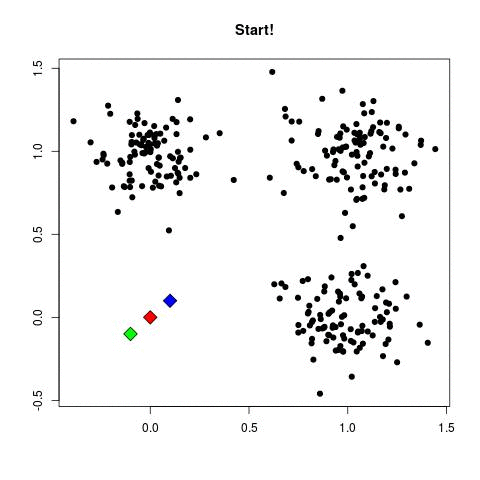That's right, you did hear that. Welcome to my Senior Research Project
blog.
My name is Luke Forsman; I am a senior at BASIS Scottsdale. My
project will be starting in about a week and I am very excited to share my
research and interests with you.
Outside of school, I am involved in both the arts and sports. I am
on the track team, running the 800m and 4x800 and doing long and triple jump. I
also played soccer on the school team. My interests that relate to this
project, however, stem from the arts. I love both looking at and creating the
fine arts, especially sculpture. Branching off that is my interest in music,
particularly alternative, indie, and electronic music.
In school, my interests lie in physics and mathematics. Along with
those, I have been growing my knowledge of computer science and electrical
engineering. For college I will be attending Cornell University majoring in
physics and I hope to be involved in my other interests as well. But I guess I'll have to get used to the snow first.
My research project will be at ASUs department of speech and
hearing working with Dr. Visar Berisha in his lab, where he is researching a
link between speech patterns and diseases. My role in the lab is still
undecided, but I am still eager to be a part of this research. Outside of the
lab I will be auditing Dr. Berisha’s class on signal processing to further
understand his research. This research excites me because of how
interdisciplinary it is. Using sound patterns and frequencies to detect
diseases plays into my interests in physics, music, and computer science, while
also broadening my views to a medical field.
Thank you for tuning in to this first blog post and hopefully you will continue to follow my research with this blog. On the right you will find links to my official proposal, the Department of Speech and Hearing at ASU, and more information on the senior projects. You will also find other great blogs in my blog squad.
I'll keep you guy posted as I begin research and discover what I'm going to be doing in the lab. Until then,
Thank you for tuning in to this first blog post and hopefully you will continue to follow my research with this blog. On the right you will find links to my official proposal, the Department of Speech and Hearing at ASU, and more information on the senior projects. You will also find other great blogs in my blog squad.
I'll keep you guy posted as I begin research and discover what I'm going to be doing in the lab. Until then,









